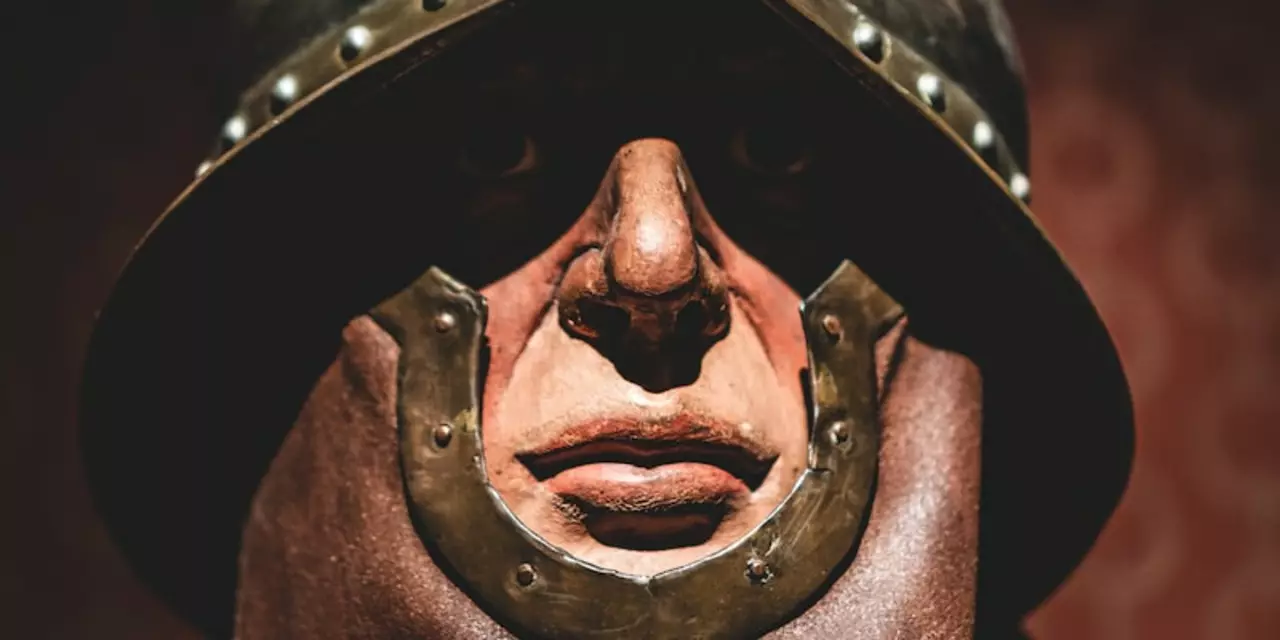Knights: From Medieval Battlefields to Modern Riding Tips
If you picture a knight, you probably see shining armor, a trusty steed, and a lance. Those images are more than movie magic – they show how riding shaped warfare and sport for centuries. Understanding what made a knight’s ride work can give everyday riders useful ideas about balance, confidence, and gear.
First off, a knight wasn’t just a fighter; he was also a trained horseman. Back then, riding was a daily skill, not a weekend hobby. Knights spent years learning how to control a powerful animal while wearing heavy armor. That training built core strength, timing, and a feel for the horse’s movement – the same fundamentals any rider needs today.
What made a knight’s gear work?
Armor might look flashy, but its main job was protection and stability. The helmet, breastplate, and gauntlets were designed to keep the rider safe without ruining balance. The key was fit – a piece that was too loose could shift and throw the rider off, while a piece that was too tight would restrict movement. Modern riding gear follows the same rule: a well‑fitted helmet, boots, and breeches let you focus on the horse instead of adjusting your clothing.
The saddle was another vital piece. Knights used a sturdy, padded saddle that spread the weight of their armor across the horse’s back. Today’s English or Western saddles work on the same principle: a good fit spreads pressure, keeps the horse comfortable, and gives the rider a stable seat. If a saddle is too narrow or too deep, you’ll feel every bump and lose control.
Finally, reins and bit design mattered. Knights used a simple bit and long reins that allowed subtle cues. Modern riders benefit from the same concept: a light bit and a relaxed hand give clearer signals, helping the horse respond smoothly.
What can today’s riders learn from knights?
Balance is the first lesson. A knight’s heavy armor forced him to sit squarely and keep his center of gravity low. You can practice the same feel by riding without too much hand support, letting your core do the work. Try a short “hands‑off” drill in a safe arena – it trains you to stay steady even when the horse moves suddenly.
Second, confidence comes from preparation. Knights wouldn’t go into battle without checking their gear. Before every ride, do a quick gear check: helmet snug, stirrups even, saddle tight. Knowing everything’s in place lets you focus on the ride instead of worrying about equipment failure.
Third, respect for the horse is timeless. Knights treated their mounts as partners, not machines. Build that partnership by spending time on ground work – grooming, feeding, and basic lunging. The stronger the bond, the easier it is to ride confidently.
Lastly, keep learning. Knights attended tournaments to practice new techniques. Modern riders can join lessons, watch clinics, or read articles like this one. Every new tip adds to your skill set and keeps riding fresh.
So, whether you’re a beginner or a seasoned rider, borrowing a few ideas from medieval knights can sharpen your ride. Fit your gear, work on balance, check your equipment, and respect your horse. The next time you mount, imagine the discipline of a knight – and ride with that same purpose.
Were medieval knights able to mount a horse without help?
Medieval knights were well-trained in the art of horsemanship and would regularly have to mount and dismount horses with no assistance. This was not as difficult as it might seem in modern times as horses were much smaller and knights had armour which made it easier to climb on. There were also special pieces of equipment that could be used to help knights get on their horses, such as a mounting block and a stirrup. The stirrup enabled knights to step up onto the horse more easily, while the mounting block offered more support when getting onto the horse from the side. In conclusion, medieval knights were able to mount a horse without help.
READ MORE